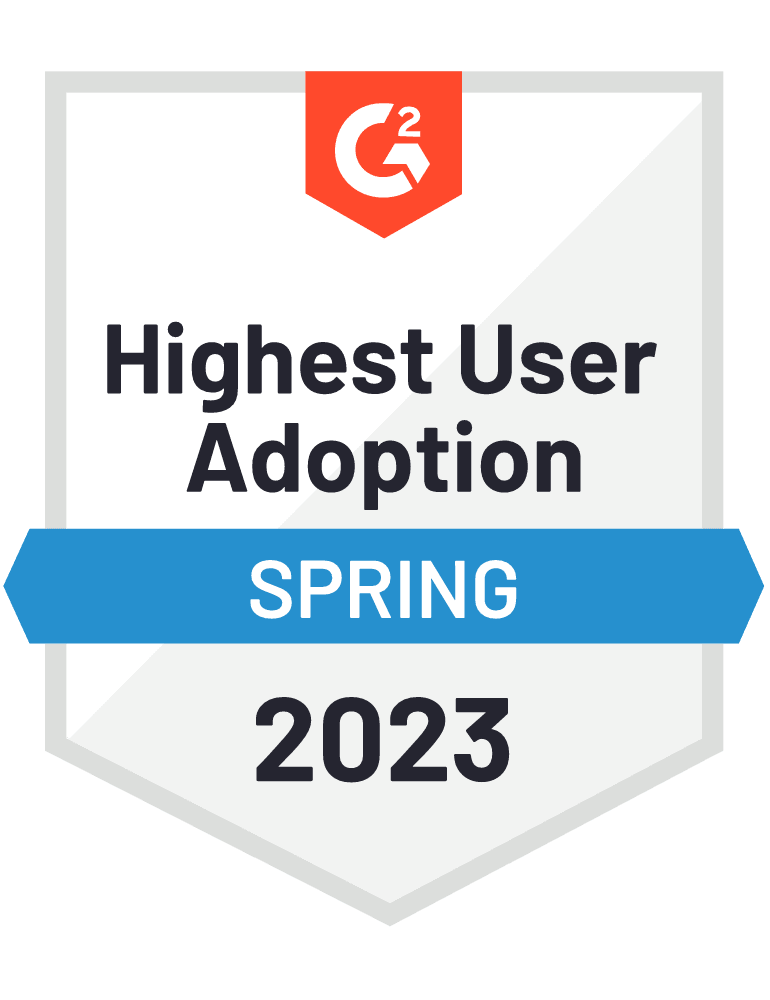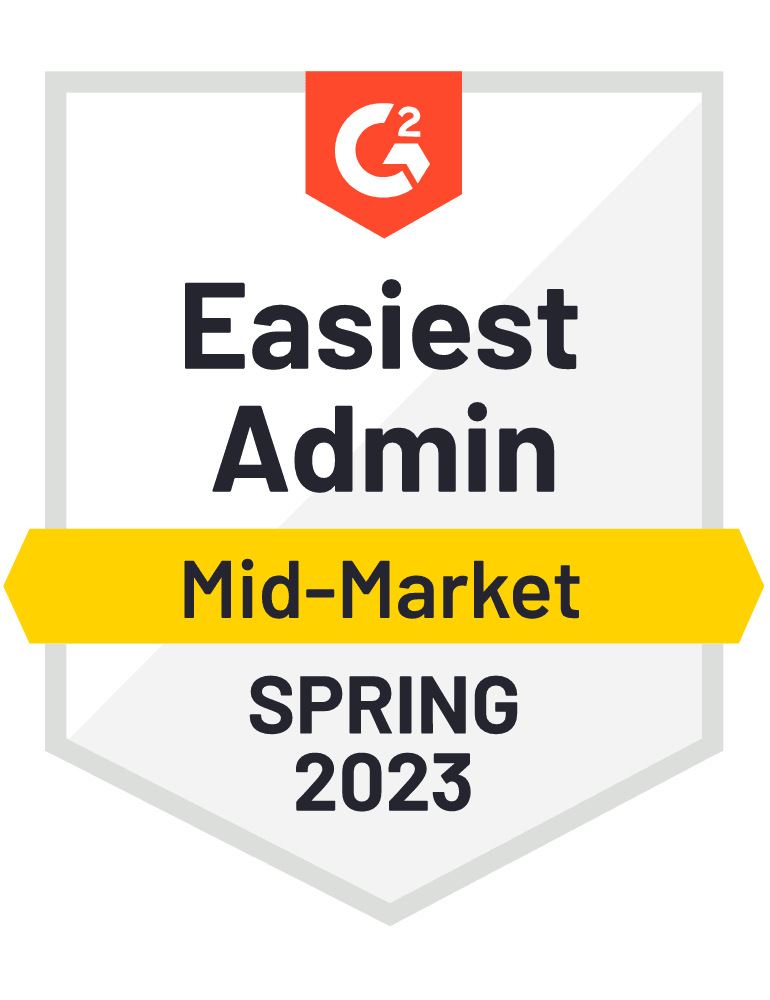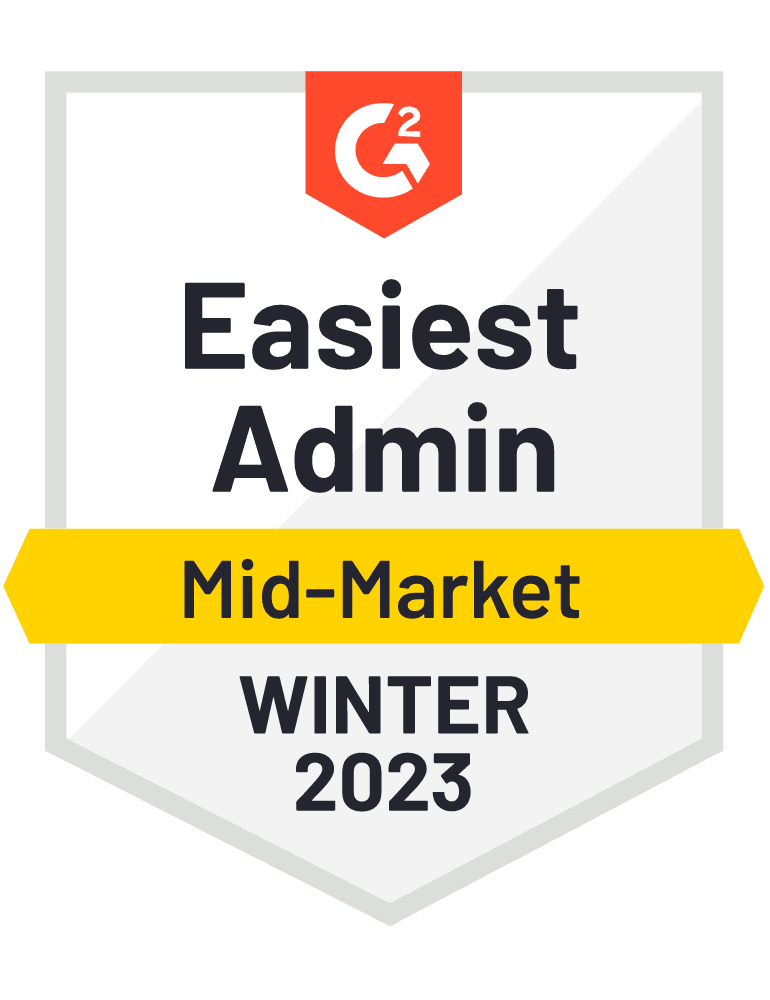As we celebrate National Payroll Week, we here at Viventium want to thank all of you who spend time each and every week ensuring that everyone gets paid. Without you, the wheels of the professional world would come to a halt.
When you boil it down to its core, payroll is what runs the world. Without a reliable way for workers to receive compensation, businesses would struggle to grow and – of course – nobody would want to work! In the modern world, receiving a paycheck on time is something that most of us take for granted. It’s a routine occurrence that we don’t think much about, but the journey of payroll, and those who manage it, has its own story. From humble beginnings to the cutting-edge systems of today, payroll has never looked better. In celebration of National Payroll Week, let’s take a look back at where payroll has come from so we can fully appreciate where we are today.
The Dawn of Payroll
The actual concept of paying workers for their labor has existed for thousands of years. We don’t have any records of who the first civilization or group of people were to begin running even the simplest form of payroll, but we do have a pretty good idea of what it looked like. In ancient Egypt, the laborers who built the pyramids, working for hours in the grueling heat to build incredible structures that still amaze us to this day, received compensation in the form of rations of food and other essential goods. Although this is about as far away as you can possibly get from the payroll of today while still kind of calling it payroll, it was a transactional arrangement between employer and worker, with the employer providing compensation for work provided.
The Rise of Bookkeeping
As societies progressed, so did payroll. One of the earliest payroll management systems that began to look like what we use today emerged in Europe during the Middle Ages by guilds. These were essentially associations of skilled laborers, like craftsmen and merchants, who would group together and provide their services to others. Guilds kept detailed paper ledgers where they recorded hours worked, tasks completed, and wages earned, ensuring that workers received exactly as much compensation as they were owed. This system established the fundamentals of how we run payroll to this day with accurate recordkeeping and an agreed upon and routine payment of a set wage based on skill of the worker for time spent performing work.
The Computer Revolution
By the 20th century, humanity entered a truly unprecedented era with the invention of computers. Before computers, payroll calculations were beyond manual, requiring deep knowledge of tax codes and deductions, not to mention good old math skills. With computers, companies were now able to handle much larger amounts of data processing while also improving accuracy by reducing the chance of human error. This made payroll more efficient than ever before. And in addition to processing, recordkeeping became easier too. Instead of having to sift through stacks of physical papers, payroll admins could now access all of this data electronically.
Welcome to the Future
While computers may have overhauled the world of payroll less than a century ago, it’s been one of the most turbulent periods in all of payroll’s history. Modern technology has supercharged the evolution of how payroll is done into a streamlined, software-based operation. Automation tools handle complex calculations, taxes, and deductions, reducing the risk of errors to record lows and leaving more time for HR to spend on culture, strategic objectives, and a plethora of other productive tasks. Computers have shrunk from massive mainframes into something that can fit into our pockets, allowing for employees to interact with payroll information in unprecedented ways. By logging into a mobile app, employees can access pay stubs, track hours work, and request time off, promoting transparency and giving workers greater control of their compensation. Admins can record and analyze thousands of data points without even thinking about it, enabling more informed decision making and strategic planning. And we aren’t even talking about how employees get paid – today, employees can access their wages even before payday with the click of a button.
What’s Next?
The evolution of payroll management is an ongoing journey with lots of excitement ahead. Tied closely to the advancement of technology, payroll will only become more efficient over the coming years. While we may not be able to say exactly what’s in store, we can say that with payroll advancing faster than ever before, it’s now vital to have a cutting-edge payroll solution that’s committed to keeping up with new technologies.
As amazing as the changes in payroll methods have been over the past thousands of years, the one thing that remains consistent is the need for remarkable payroll professionals. At Viventium, we understand the impact that great people using great payroll software can make within an organization, which is why our payroll software is specifically designed to bring payroll admins in the post-acute care space to the highest level of payroll efficiency. Reflecting on the journey of payroll from handing out food rations to the highly sophisticated systems of today, we are truly thankful to be a leader in such an important part of our world.
Forever in it with you.
This information is for educational purposes only, and not to provide specific legal advice. This may not reflect the most recent developments in the law and may not be applicable to a particular situation or jurisdiction.










